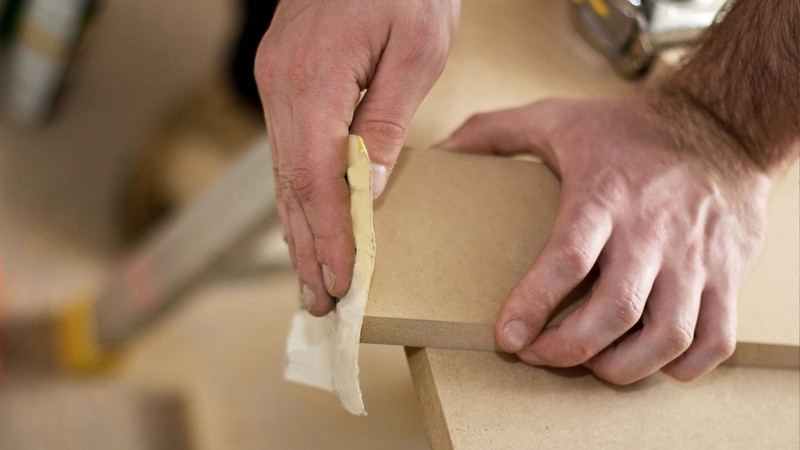
Finishing Techniques for MDF Boards: Offering the Smooth And Professional Look
In the manufacturing industry, the demand for medium-density fiberboards is increasing tremendously as they are used in making furniture, cabinetry, and even flooring. MDF is a versatile and popular material in woodworking and interior design due to its smooth surface and ease of customization.
These days the use of MDF is increasing in making the buildings but it needs a proper finishing technique that will give a better look to these boards. Here you can even plan to consult with the experts who will guide you in detail about the methods that you can opt for offering a professional and smoother look to the 18mm MDF board.
Preparation of the Surface
1. Sanding
Before applying any finishing technique, proper preparation is the most important thing for better results. Start by sanding the surface of the MDF boards using progressively finer grits of sandpaper. It will help in the creation of a smooth and even surface, minimizing imperfections that might become more noticeable after finishing.
2. Priming And Painting
Priming MDF boards before applying paint or other finishes is highly recommended. MDF has a porous surface that can absorb paint unevenly; leading to appropriate results, here using a high-quality primer will offer better results. Painting is one of the most common finishing techniques for MDF boards. You need to be careful and chose the paint that will give good results.
3. Staining And Varnishing
The stage of the staining and varnishing will offer a natural look to the MDF boards as they are of high quality. While MDF doesn’t have a natural grain like wood, you can still achieve a wood-like appearance through staining and veneering. Stains designed for MDF can penetrate the surface to create a rich, translucent finish. Veneering with real wood or wood veneer can also add texture and depth to your MDF projects.
Adding Texture
Adding texture to MDF can transform its appearance. Techniques like stippling, sponging, and rag rolling can create textured effects. Additionally, faux finishes, such as distressed or weathered looks, can add character and uniqueness to your MDF projects.
1. Resin Coating
These days technology has advanced a lot and people prefer to use resin that offers a natural and also unique look to the boards. For a glossy, glass-like finish, epoxy resin can be applied to MDF boards. Epoxy not only provides protection but also enhances the color and depth of the MDF’s surface. However, applying epoxy requires careful attention to mixing ratios and application techniques to avoid bubbles and unevenness.
2. Distressing
Distressing is a process in which the removal of the surface is there to give it a further unique look. You can achieve the step by using the steps like sanding and scraping. The resulting that is obtained after the process is so unique that it will look attractive.
If you will be alert and choose for the best technique for finishing the bards then their books will increase. Some people have proper training and they complete the task with accuracy s that the results are favorable.
